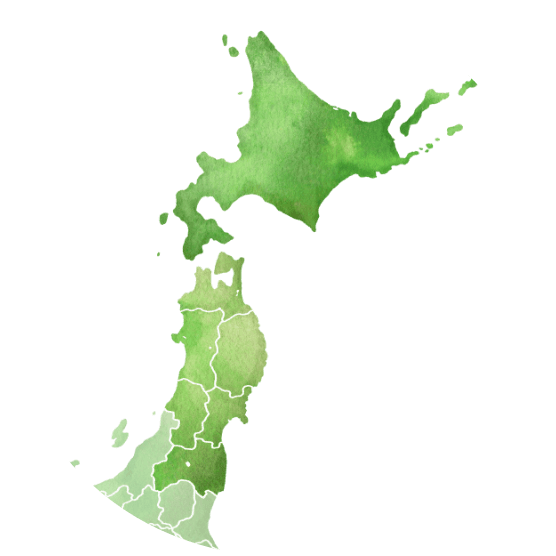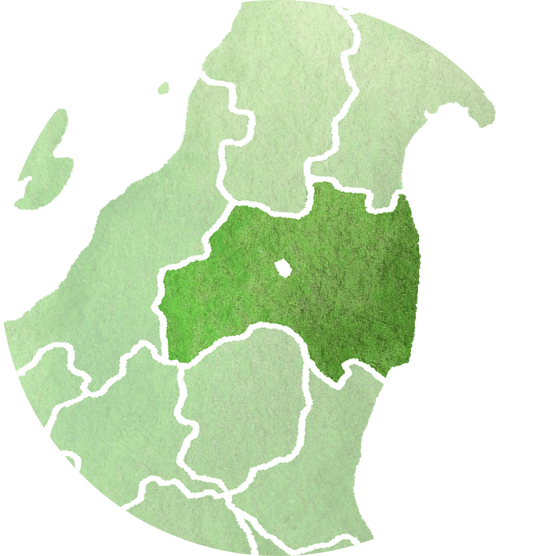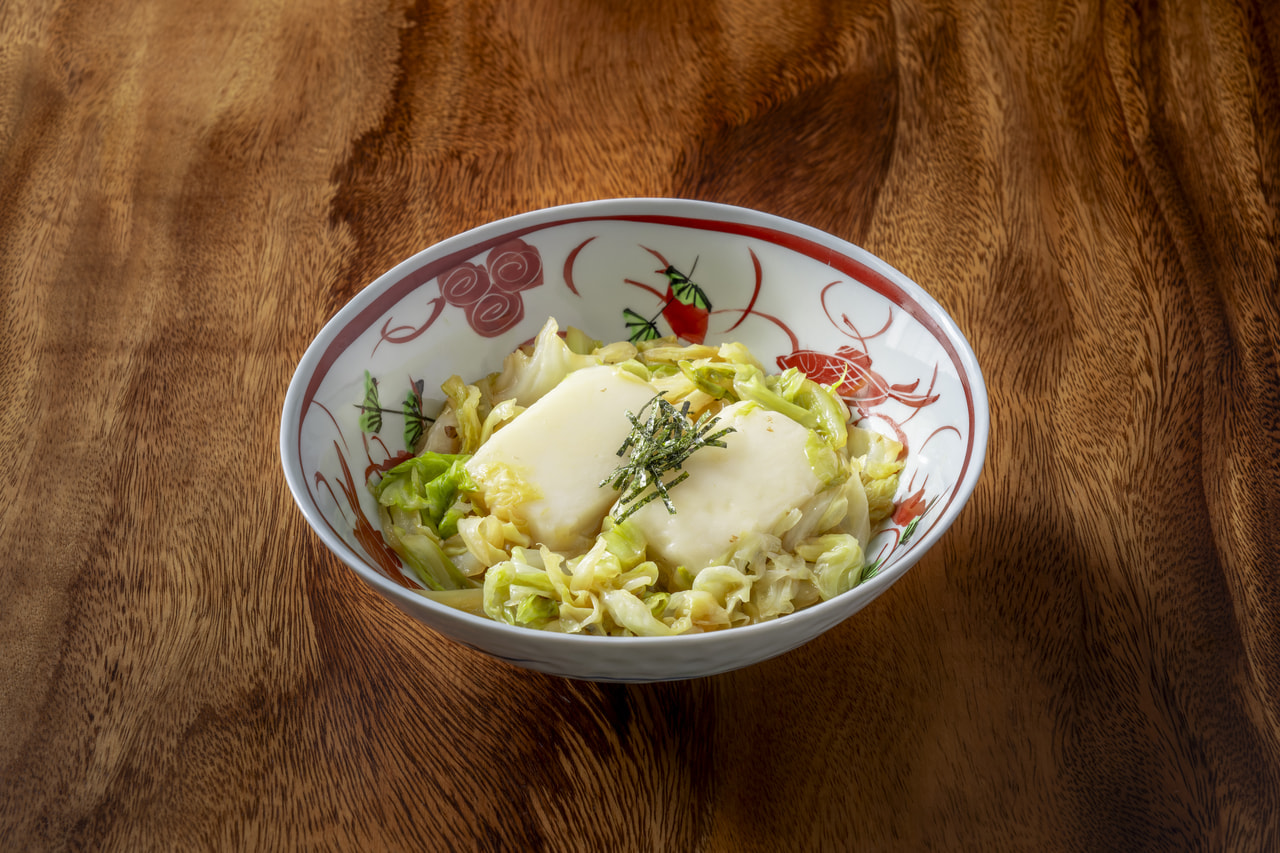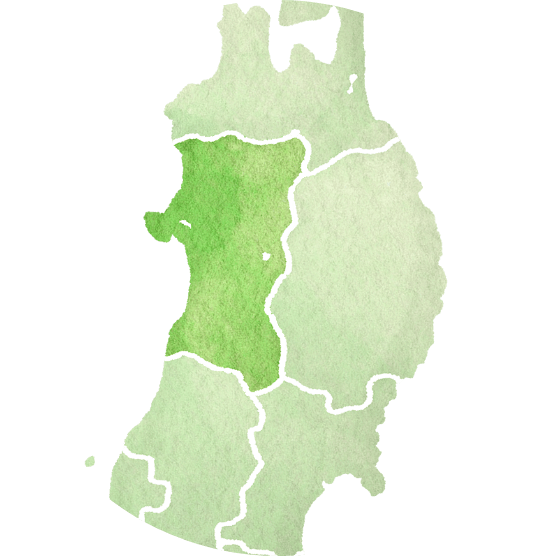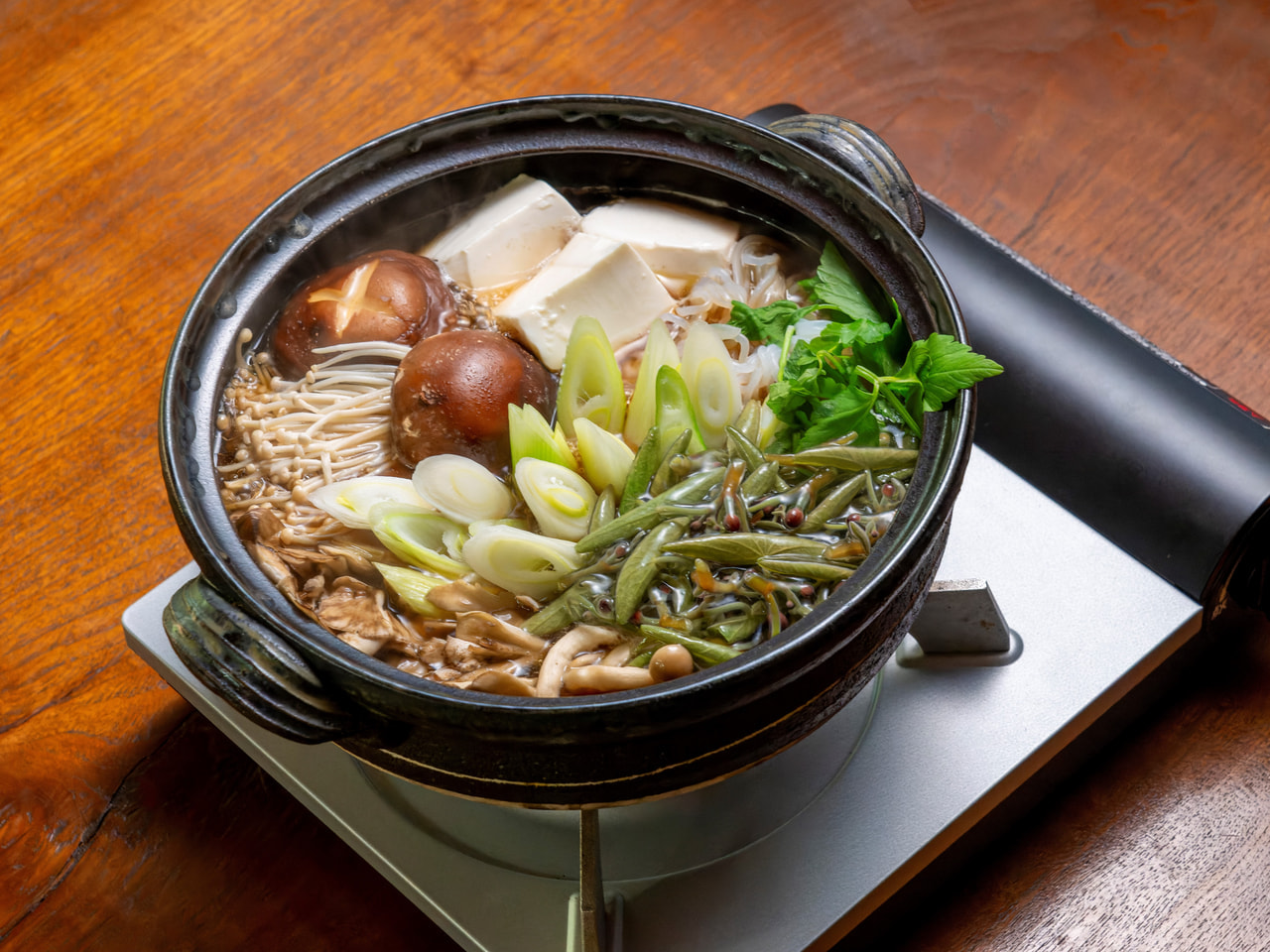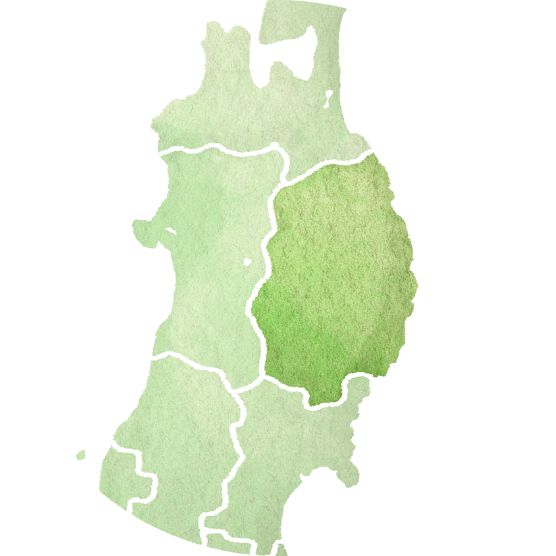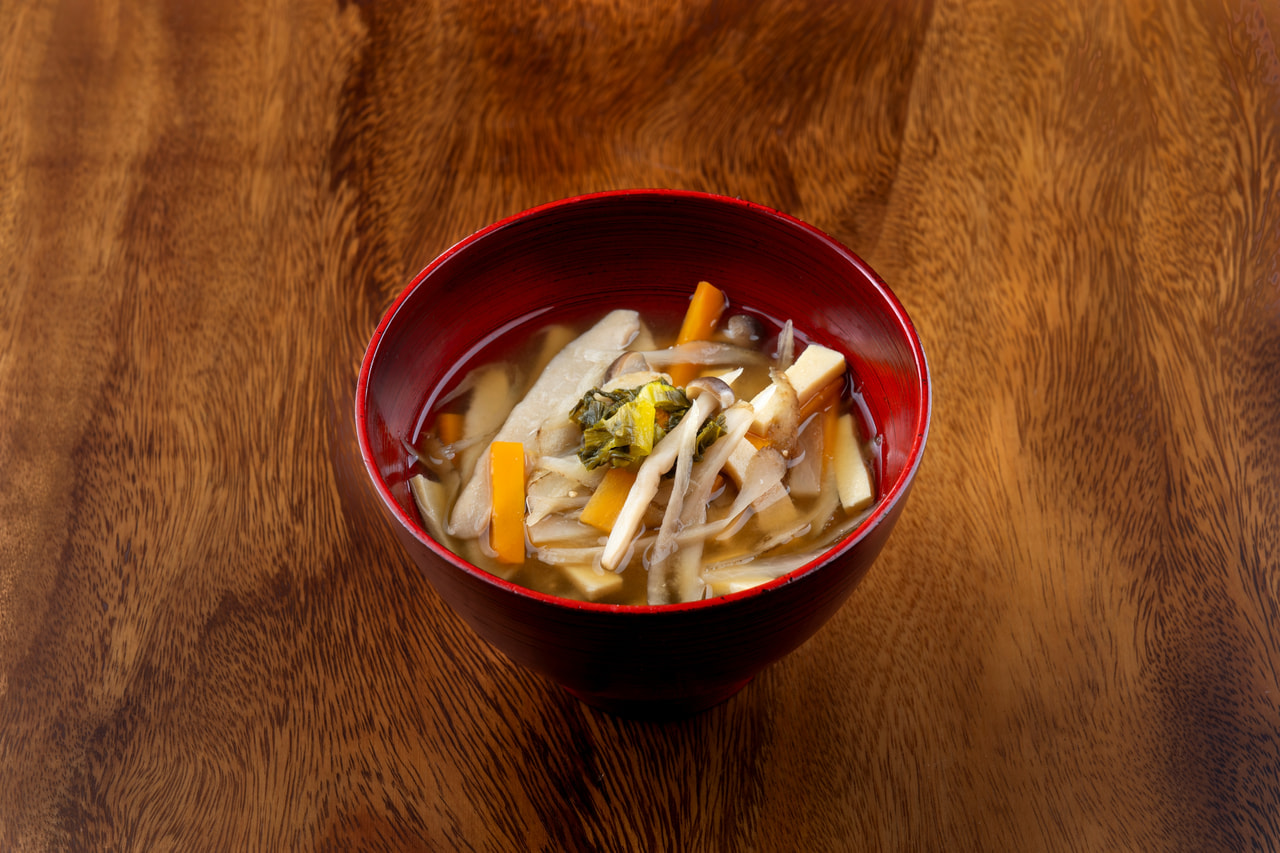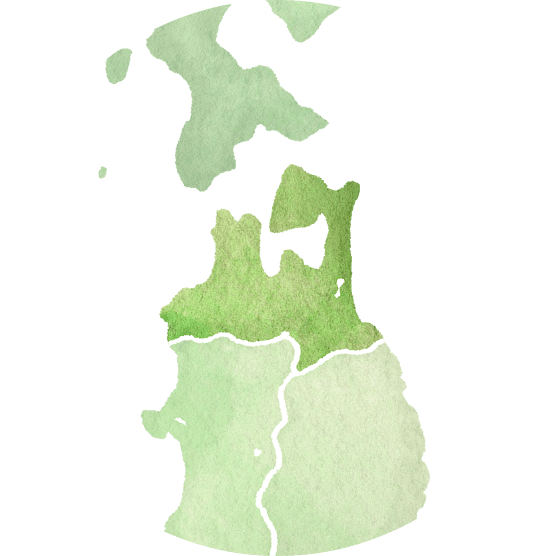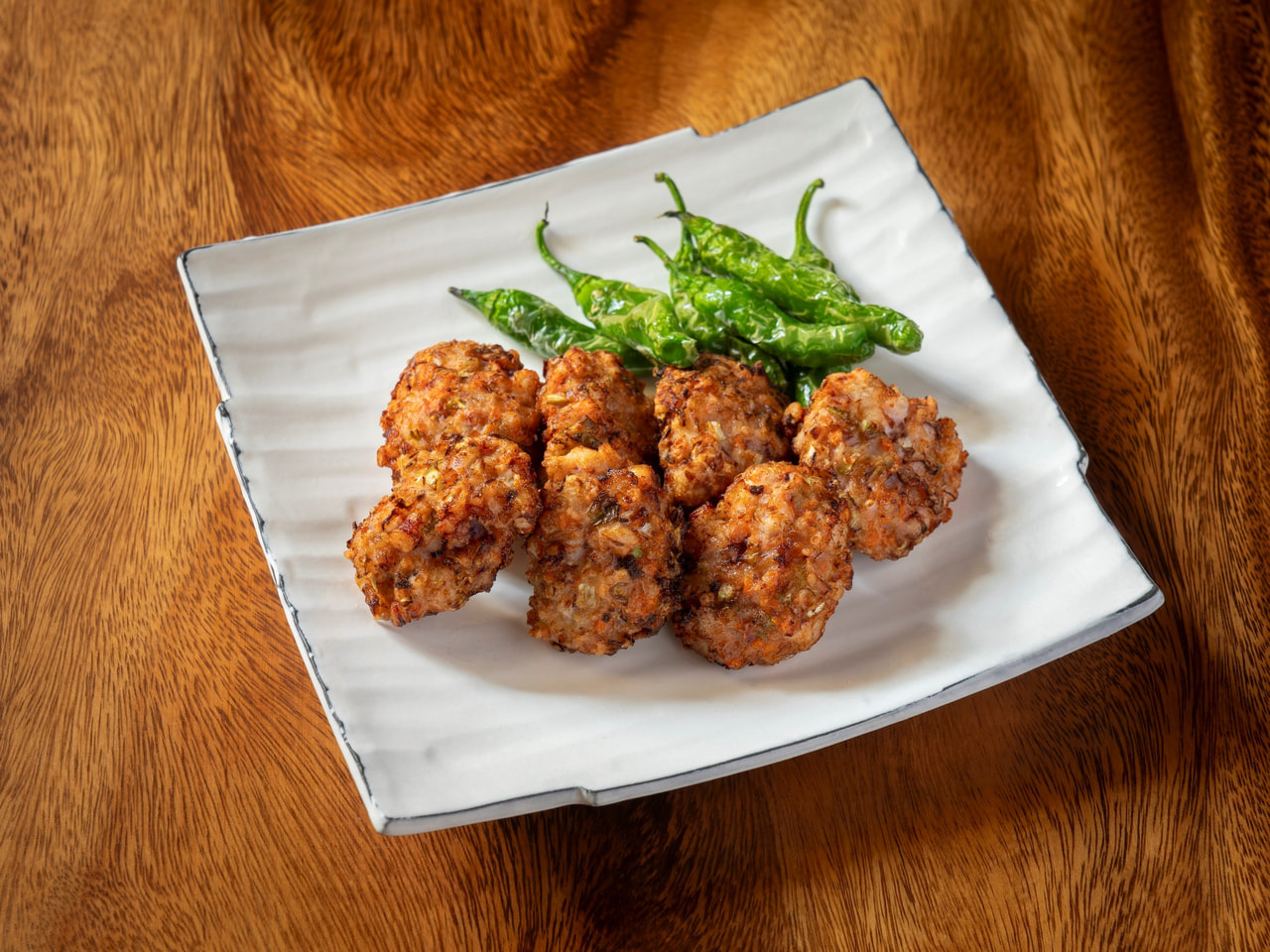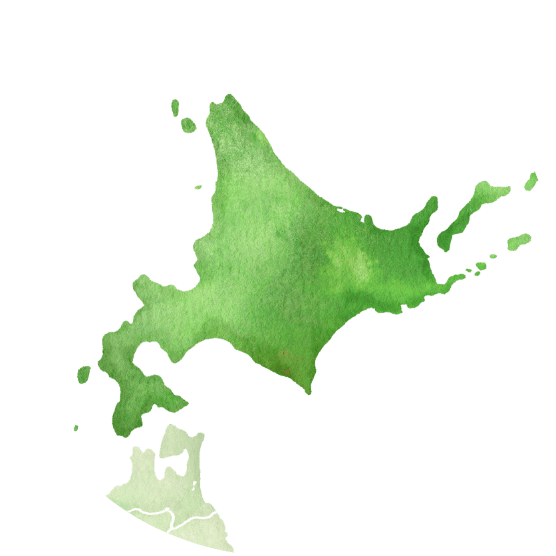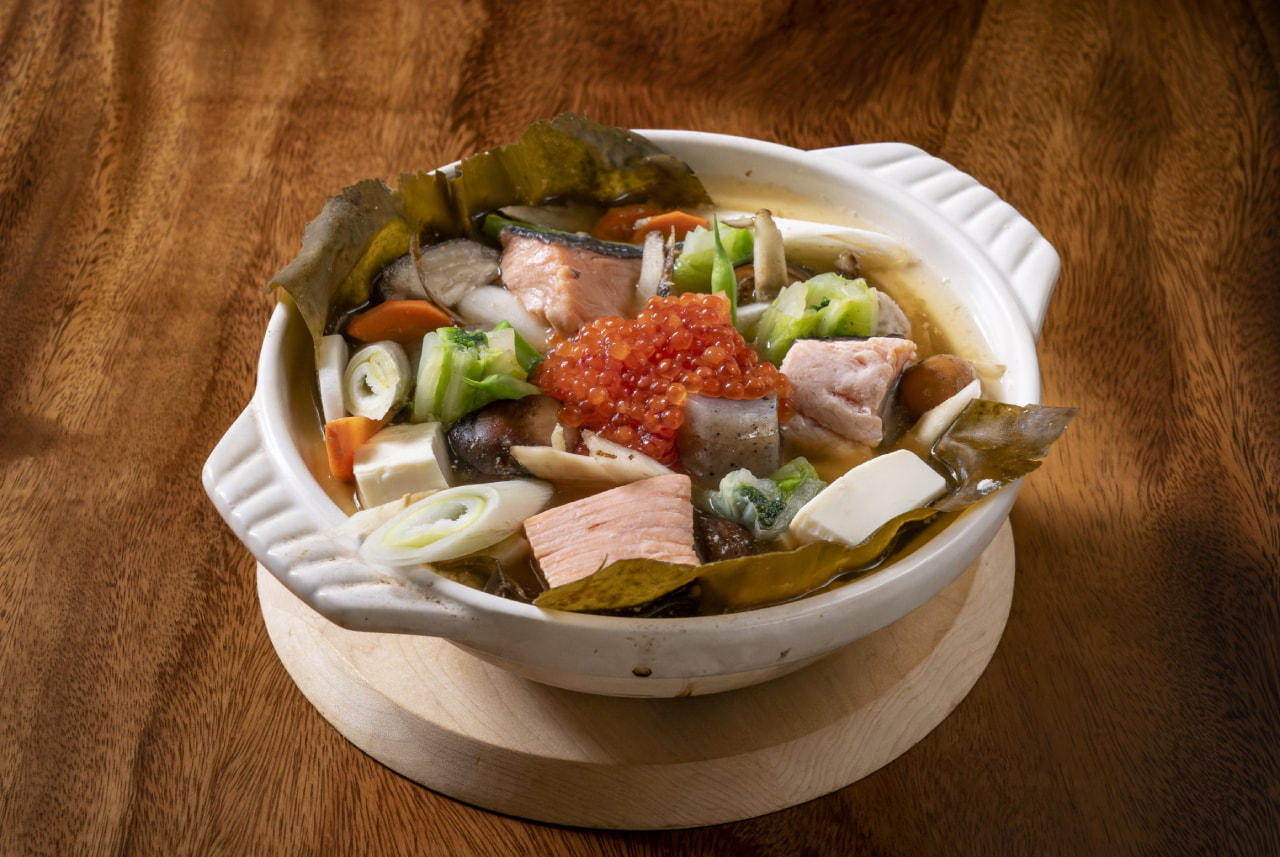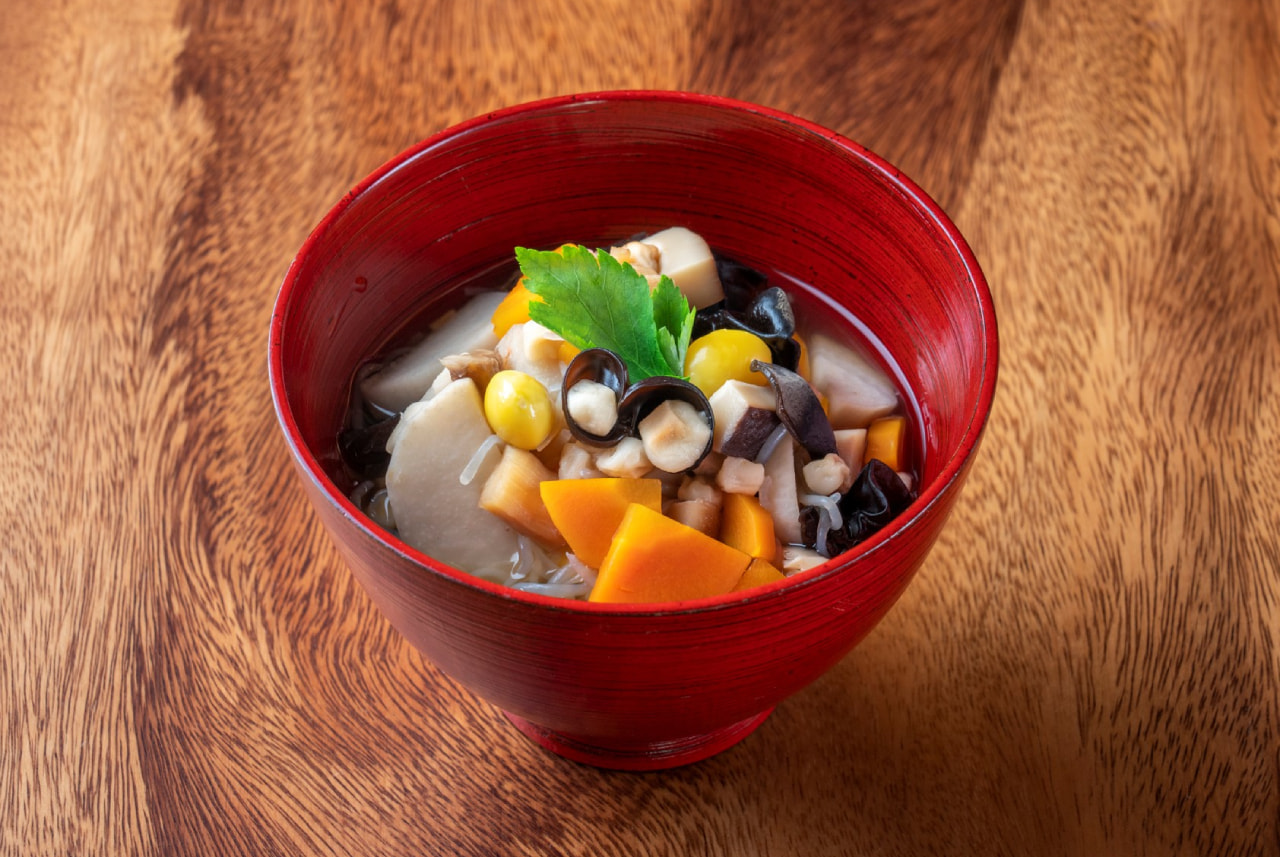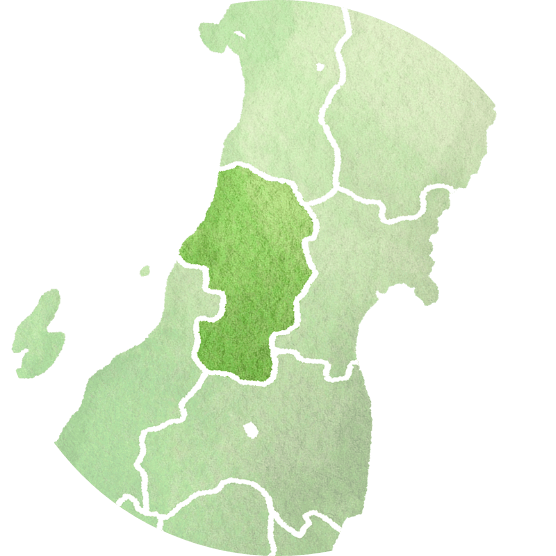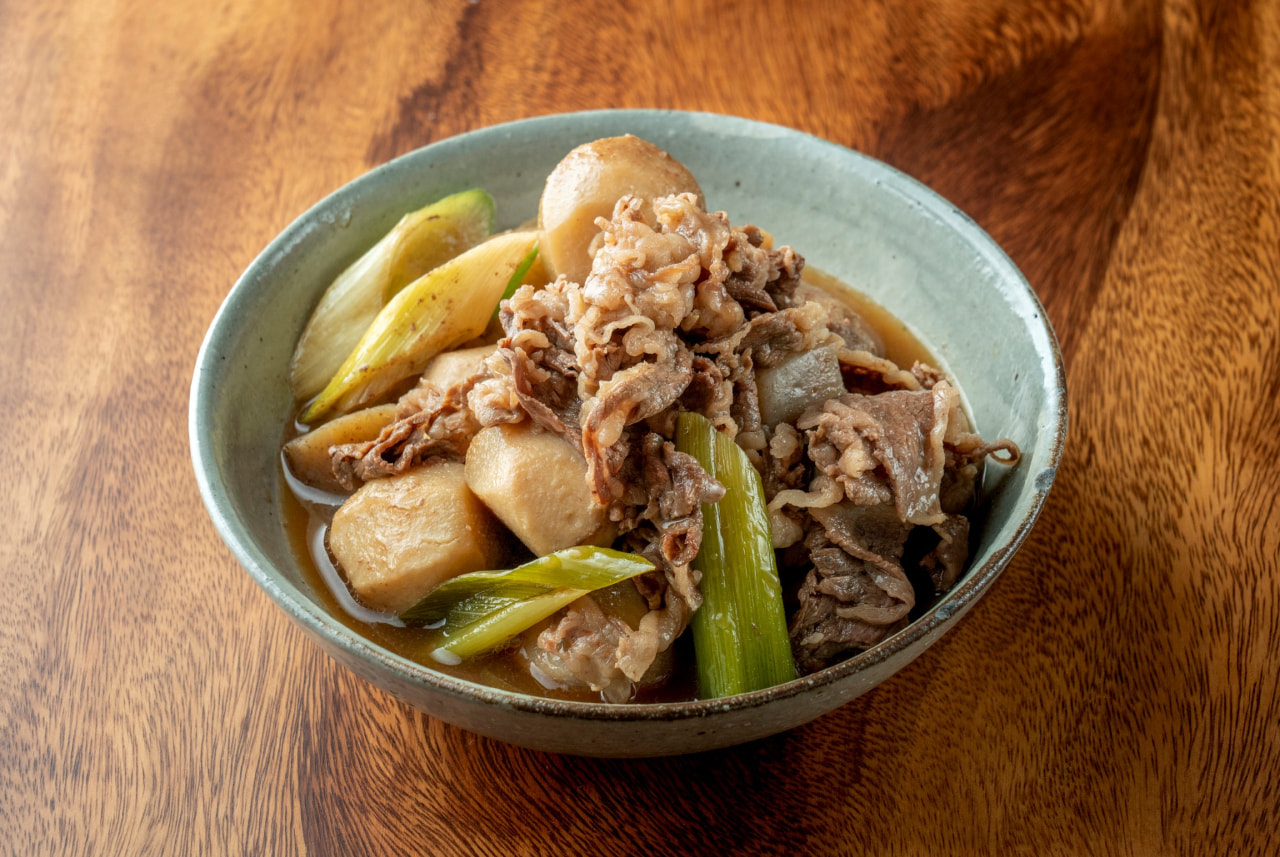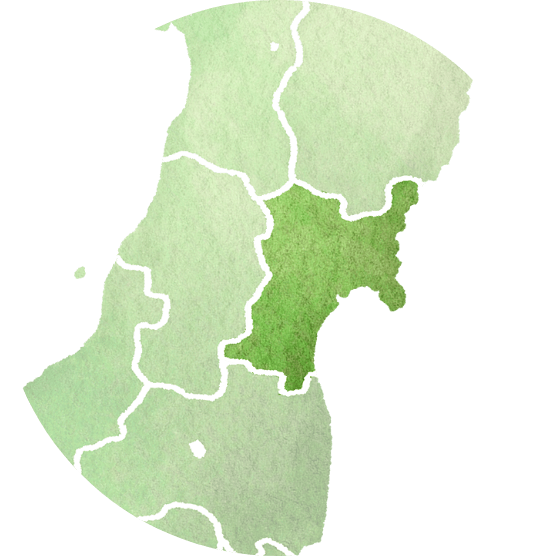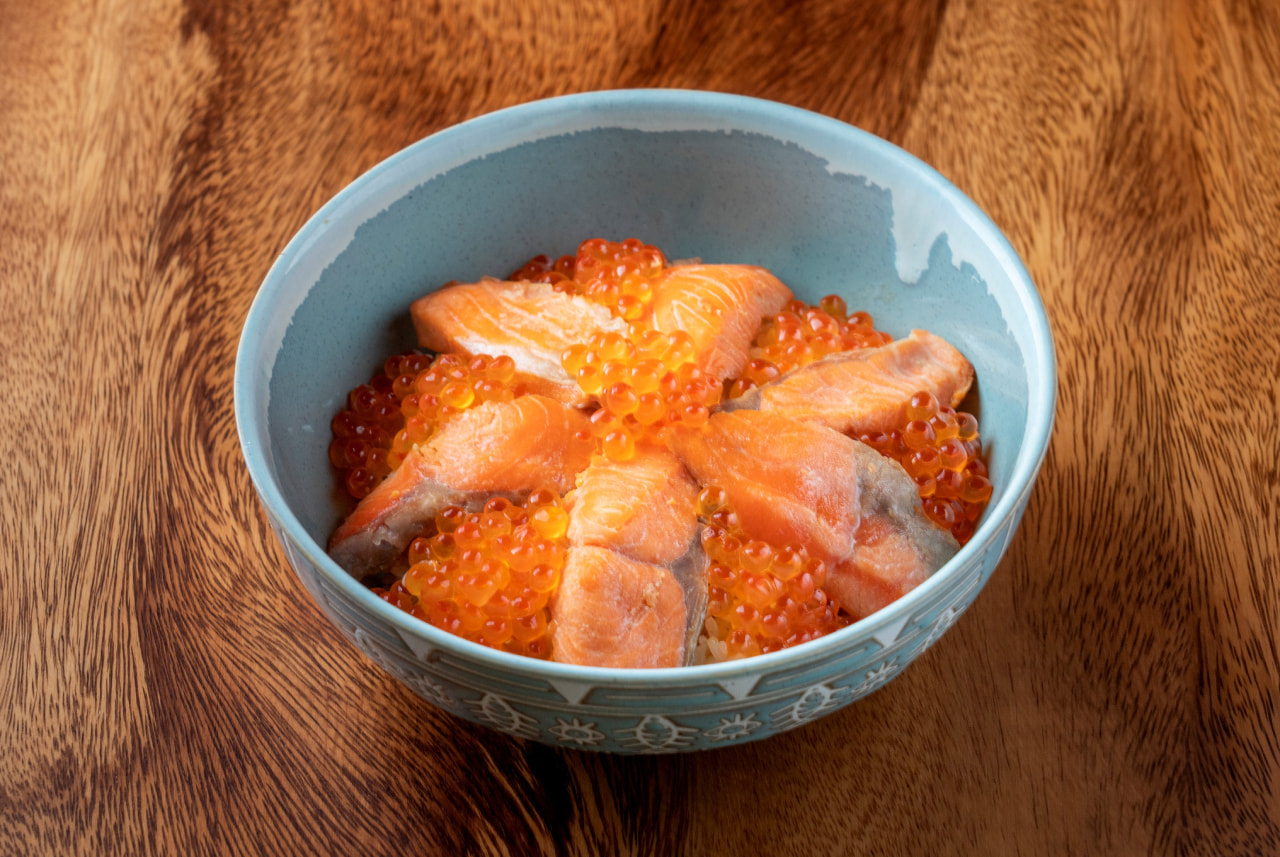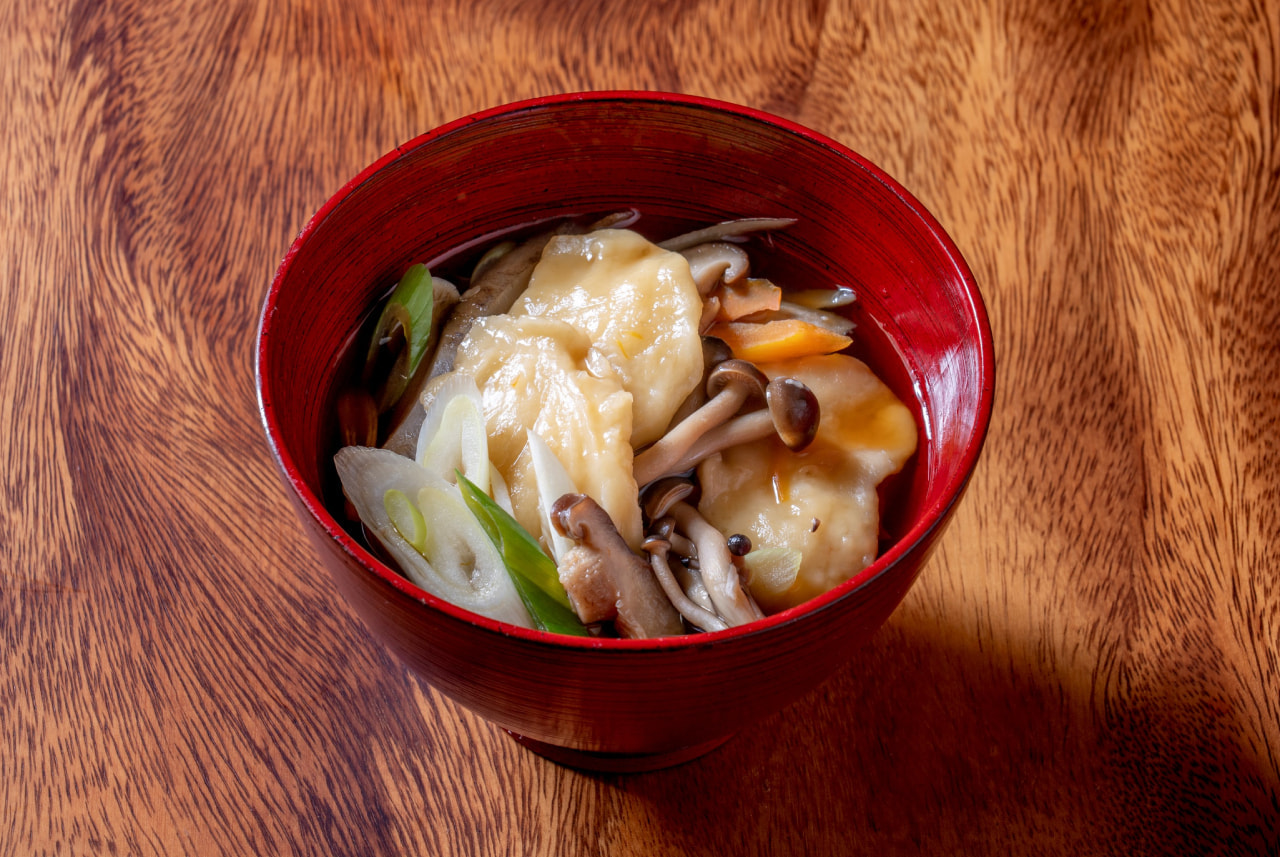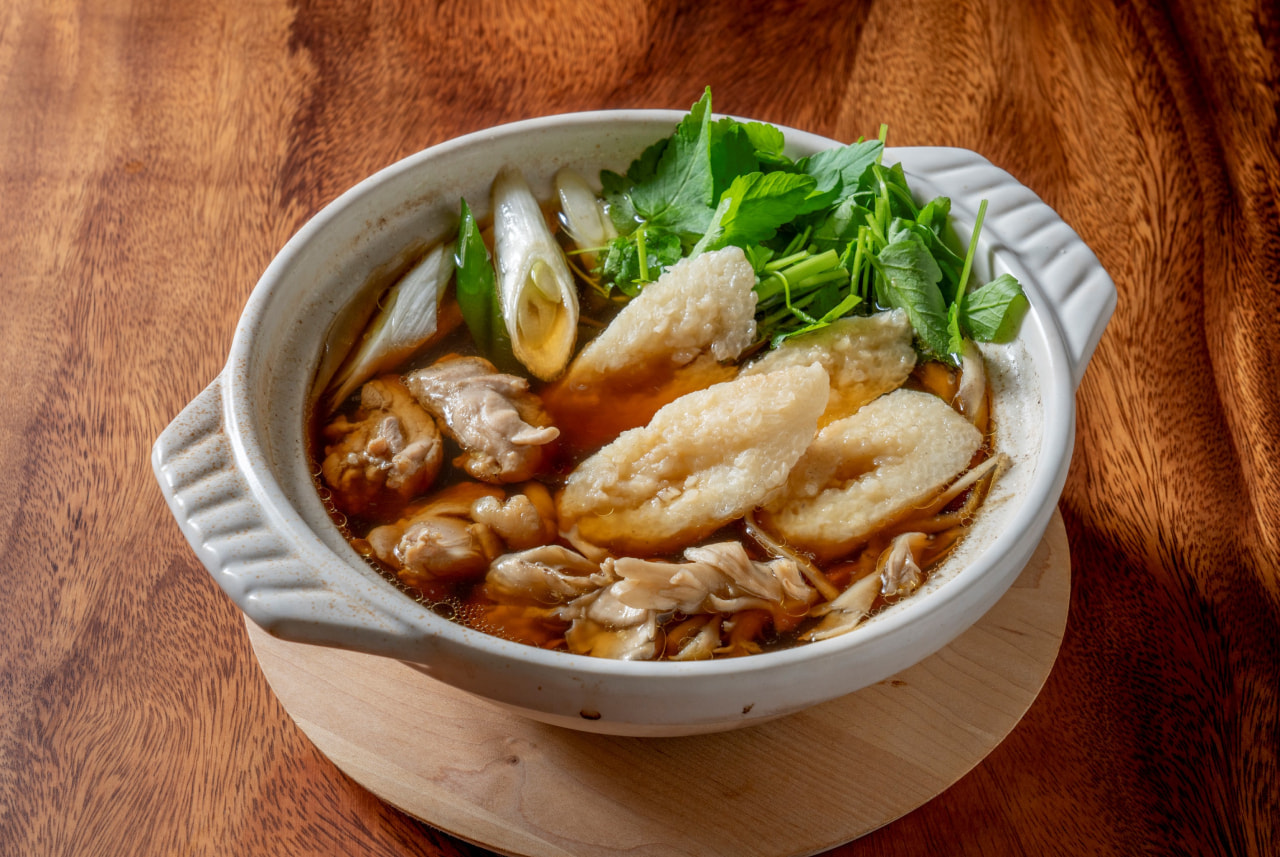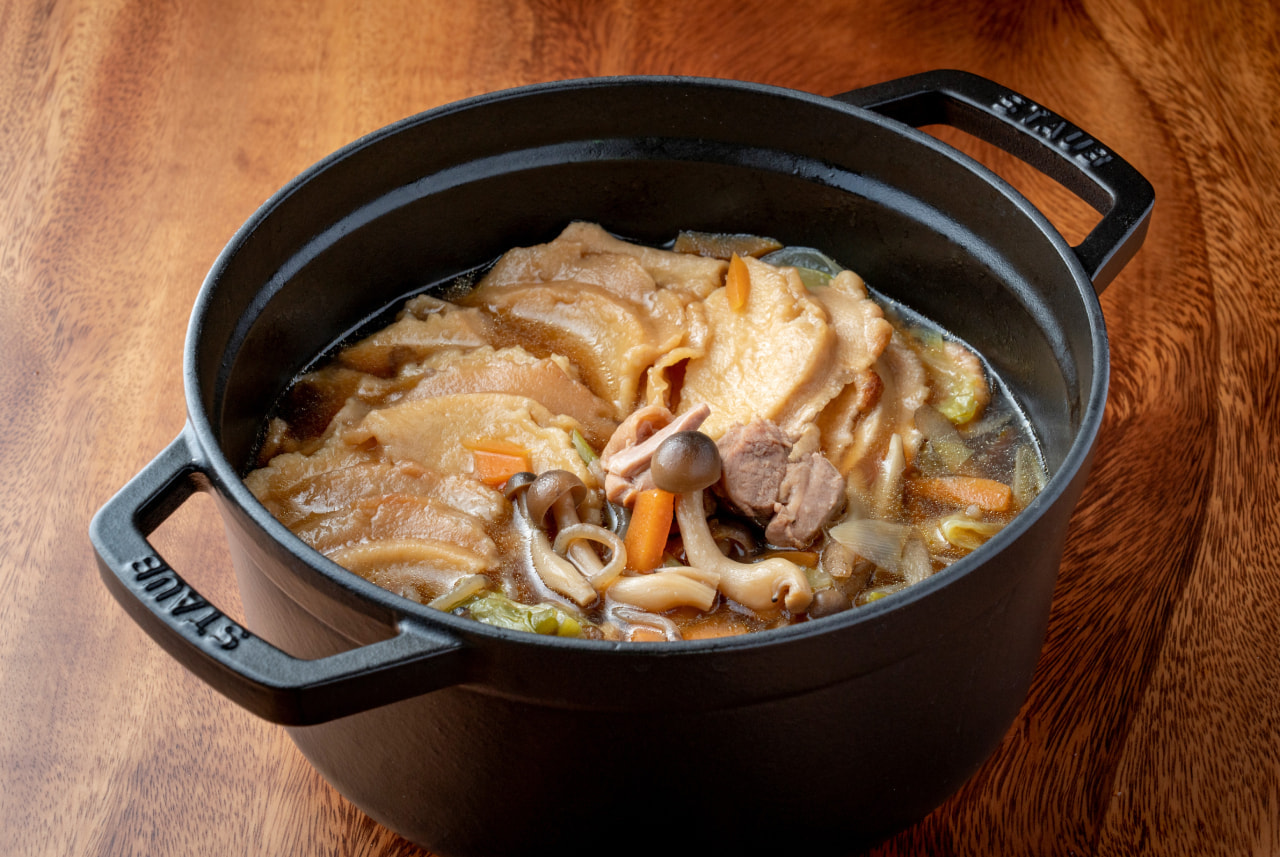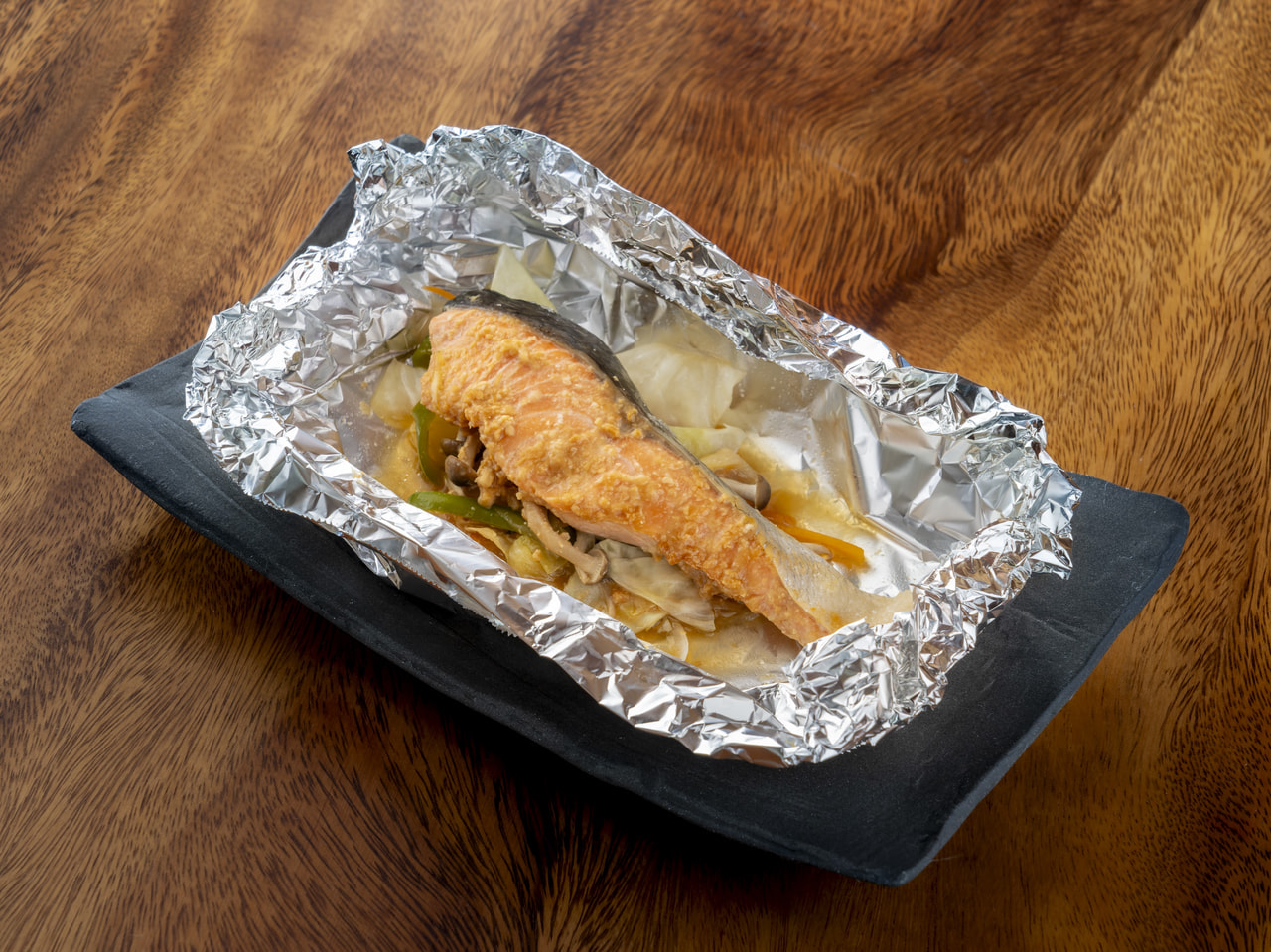Yanagibatto
Yanagibatto is a traditional local dish from Iwate Prefecture, where the cold climate makes rice cultivation difficult. For this reason, cold-resistant buckwheat has long been cultivated to suit the harsh climate.
During the Edo period (1603-1868), the Nanbu clan forbade farmers from eating buckwheat noodles because it was considered too laborious and luxurious, but people ate buckwheat dumplings, saying, "This is not buckwheat noodles."
The name "Yanagi" in "Yanagibatto" comes from the shape of the willow tree's leaf, which first sprouts in spring and drops its leaves, then sprouts in autumn, expressing longevity. "Batto" seems to be derived from "Hatto," meaning violation of law.
The soup is full of umami from the mushrooms and vegetables, which enhance the flavor of the buckwheat flour.

